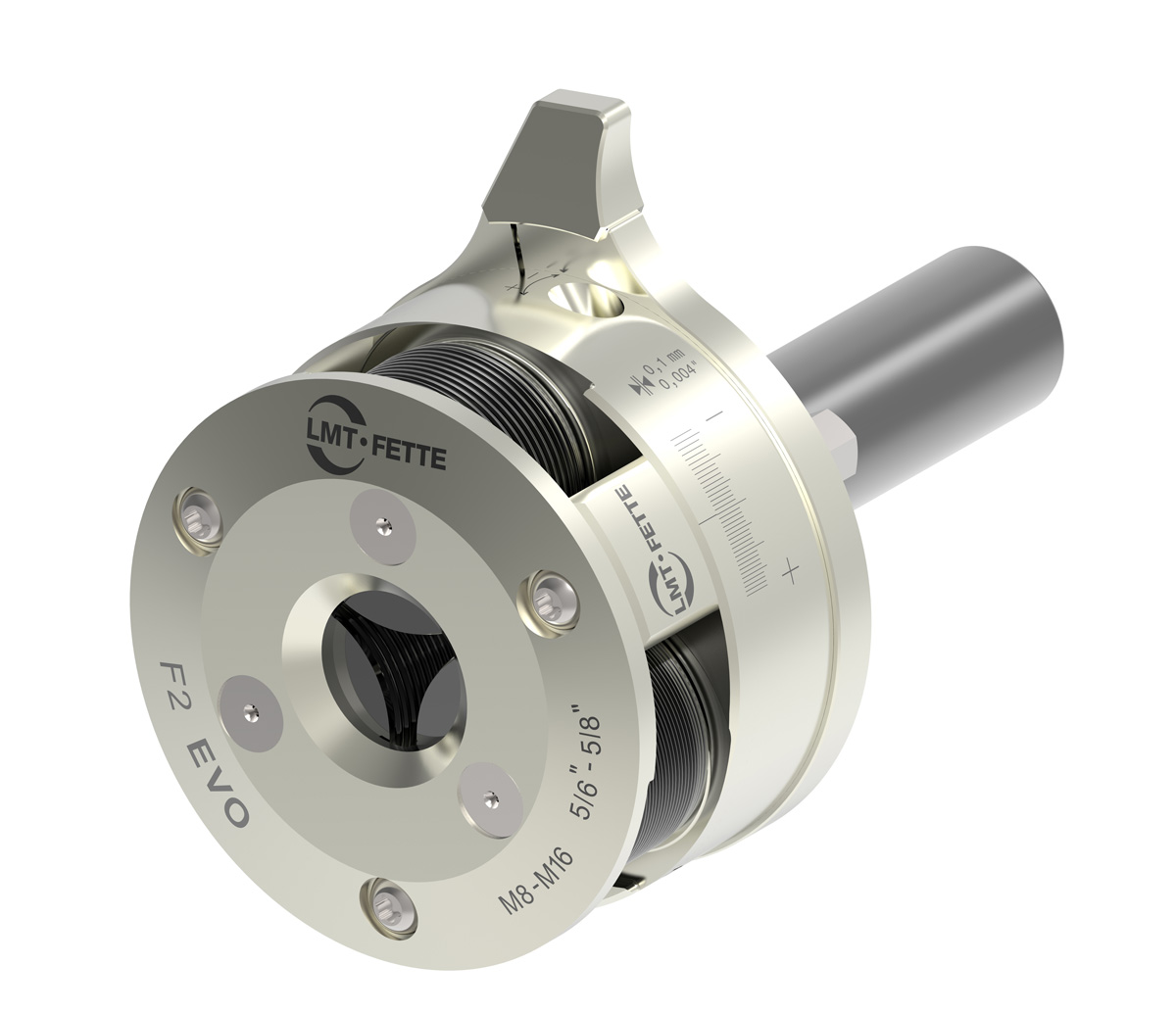Frequently Asked Questions
Thread rolling frequently asked questions.
What is chipless cold forming?
In cold forming, the thread rolls are pressed into the component, stressing the material beyond its yield point. This causes the component material to be deformed plastically, and thus, permanently. Unlike thread cutting, the grain structure of the material is displaced not removed.
What types of materials can be rolled?
As the material will be plastically deformed by pressure, it should have a minimum elongation of 5% and a maximum tensile strength of 246,000 PSI.
Materials that have less than 5%
Elongation or a significant hardness greater than 40 Hrc, such as cast iron, hard brass alloys and other hardened materials are not suitable candidates for the thread rolling process.
On which machines can rolling heads be used?
The only requirement for the rolling process is that either the component or the rolling head, or both, are rotating toward one another.
Thread rolling tools can be used on a wide variety of standard and special machine tools:
- CNC and Manual Lathes
- Screw Machines
- Many Types of Special Machines
- Transfer Machines
- Rotating and In-line Machines
- Drilling and Tapping Machines
What advantages do thread rolling heads offer on CNC machine tools?
Threads are produced in seconds and in only one (1) pass, whereas CNC single point thread cutting requires numerous passes and a much longer cyle time. Long roll-life eliminates costly down time for tool changes.
Which cycle time may be expected?
In cold forming operations, extremely short cycle times are not just a welcome attribute, but rather a condition of the process. In plastic deforming, the material must be caused to flow, therefore, higher rolling speeds are better than low speeds.
Axial rolling:
Recommended rolling speeds are 90-270 SFM. Length of thread determines cycle time.
Radial rolling:
Recommended rolling speeds are 45-90 SFM. Since radial rolling is complete in one revolution of the roll, rolling time is extremely short (less than 1 second).
Tangential rolling:
Recommended rolling speeds are 60-240 SFM. The controlled feed rate required in this operation must enable the rolling operation to be completed within 15-30 revolutions of the component. Higher material strengths require lower rolling speeds.
What power requirements are necessary for rolling?
Thread rolling requires no more power than what is normally provided on a standard machine tool.
Axial-method: Threads are progressively formed along the axis of the workpiece. Axial heads require only 60% of the torque necessary to cut threads.
Radial-method: A complete thread is formed in a single revolution of the rolls. Although this method requires more torque than axial, it does not exceed the machine capabilities.
Tangential-method: A thread is formed in 15-30 revolutions of the component. In this case, the drive power of the spindle is not a critical factor. The power to roll the profile comes from the drive of the cross slide (or turret).
What kind of coolants and lubricants have to be used?
Conventional cutting fluids are normally suitable for rolling applications. For instance, emulsions having a 1:10 to 1:20 dilution are commonly used, sometimes with a high pressure additive. High pressure additives will reduce friction between rolls and components, thereby increasing the life of the thread rolls.
